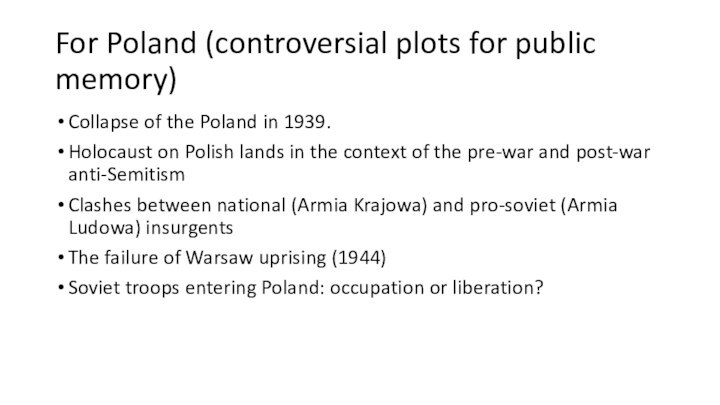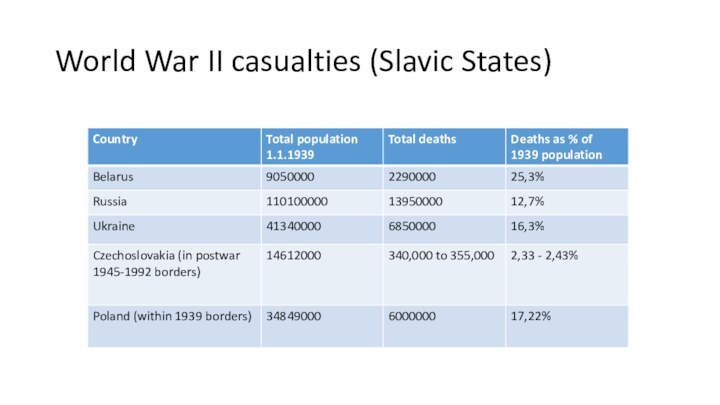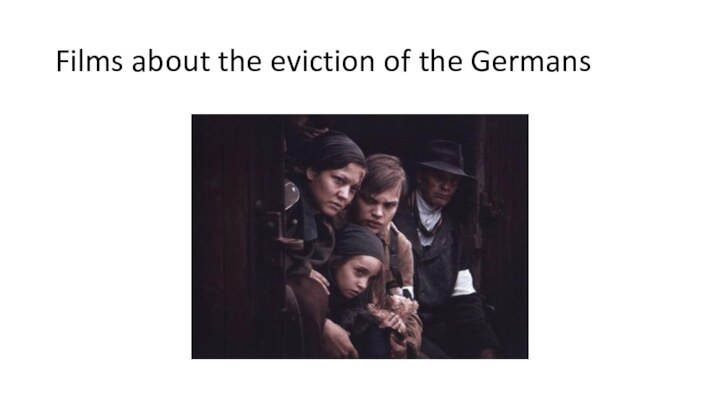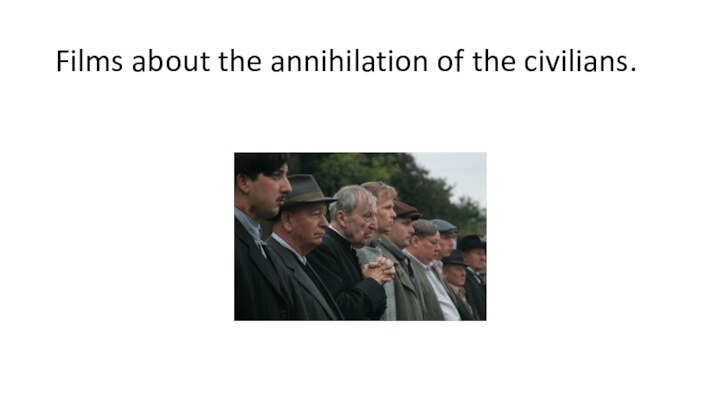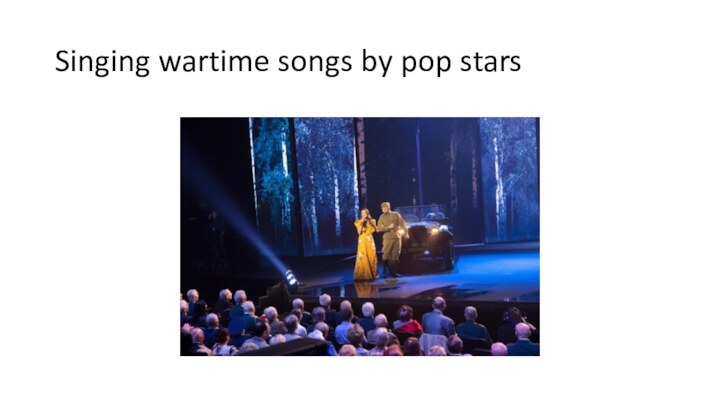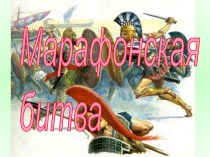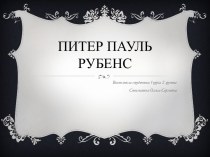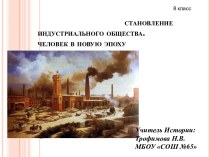Слайд 2
The Second World War and its chronology for
Slavic States
Czechoslovakia (occupied and divided on 14 March 1939
– 11 May 1945)
Poland (1 September 1939 – 8 May 1945)
Slovak Republic (1 September 1939 – 8 May 1945)
Soviet Union (17 September 1939 22 June 1941 – 2 September 1945)
Belarus, Ukraine (as a part of the USSR) (17 September 1939 – 9 May 1945)
Слайд 3
What is historical memory?
Chronology of memory formation phases
of the World War II (in the example of
the USSR and Russia) Formation of the historical memory about the war in the period of socialism
Peculiarities of the development of the memory about the Second World War in Belarus - The memory about the war as an instrument for the formation of new identities in post-socialist period
Memory about the War in the Western and Eastern Slavs - similarities and differences
Game on the recognition of cases of different models of historical memory
Final conclusions
Слайд 4
What is historical memory as an issue of

the public history and historical politics?
Historical memory as based
on emotional representations of the image of the past, which is reproduced at all social levels, and broadcasted via the main communication channels (family traditions, social institutions, education, media, historical politics, popular culture).
The result of the historical memory operating is not knowledge, but cultural/historical identity - confidence in the correct interpretation of historical events that have an impact on the present.
The division in the perception of the Second World War heritage was laid during the Cold War.
In the newly created states or countries that became independent after the collapse of communism, a new stage of dogmatization of the past, built on the level of state policy, began.
Public sector structures are capable for reflexive work with historical memory taking into account individual experience, which may be different from the conventional.
Maurice Halbwachs. La Mémoire collective (1950)Jan & Aleida Assmann
Cultural Memory and Western Civilization: Functions, Media, Archives (Cambridge: Cambridge University Press, 2012).
Слайд 5
Memory about the War in the Soviet Union
(by Irina Tscherbakova)
1945-1955
Soviet power constructs its image of
the war, or rather, the victory, the main organizer and creator of which was Stalin. This image was reinforced by created during the war propagandistic myths about the heroes who sacrificed themselves for the victory.
Exclusion from the official memory the mentions about Holocaust, prisoners of war, Ostarbeiters, camp prisoners, the population of the occupied territories, some national, social groups, women.
http://urokiistorii.ru/current/dates/3222
Слайд 6
Khrushchev Thaw (1953-1964)
Some shift from the Victory
to the suffering and the tragedy of the people
in the war, the emergence of stories in the genre of "trench truth"
Attempts to immortalize the memory of the victims of the Jews
Слайд 7
Brezhnev era - "The celebration with tears in
the eyes" (1965-1982)
Restoration of the Victory Day celebrations
in 1965
The massive construction of the memory of the war
The propaganda of the dominant contribution to the victory from the side of the USSR
Hiding statistics about the losses and repressions, the initial period of the war is almost not disputable.
Ritualization and sanctification of commemorative practices (parades, a minute of silence, the meeting with the veterans)
Слайд 8
Perestroika changes in commemorative practices.
An open public debate
about the hidden and unpleasant plots of the war
(repression, the victims, the causes of injuries and losses)
Criticism of Soviet foreign policy before the war (the division of spheres of influence in Central Europe with the Nazi Germany)
The insult of feelings of veterans and the representatives of older generations, who bore all the hardships of war.
Слайд 9
The redesign of Soviet memory practices after 1995.
May
9, 1995 - The return of the Parade to
Red Square
The memory of the war is included in the creation of a new positive image of the Soviet past.
The living witnesses of the war are leaving.. - the memory about the war is broadcast by media sources.
The memory about the war as an instrument of patriotic education and provoking new conflict binary about identities ("winners" - "occupants", "East" - "West", "Patriots" - "Collaborants").
Слайд 10
Ideologema "Great Patriotic War" in the BSSR:
translation of
general Soviet official myth
memory formation based on the idea
of "partisan republic" (1960s - generations of veterans and partisans coming to power)
The "myth of the guerrilla" (Michael Urban, 1986): The successful combination of the Soviet version of the official memory of the war and its "national" component.
Слайд 11
Independent Belarusian state, Republic of Belarus (1991). War
in the concepts of the national identity:
Nationalist concept: Belarusian
national movement operated in the collaboration with the Nazis. After the liberation of Belarus by Soviet troops (1944), its representatives have emigrated to the West, linking historical characters of the Belarusian national liberation and accusations of collaboration.
The official concept - contribution of Belarus to the victory is huge. Belarus suffered the greatest losses in percentage terms (from a quarter to a third of the population). The collaborators are betrayers of Belarusian nation. Belarus has been historically threatened by the West. Liberation of Belarus was the beginning of construction of modern Belarus, developed and industrial.
The war had a decisive significance to erase all pre-war attempts to create national, not-soviet identity.
Слайд 12
Belarusian Great Patriotic War Museum (since 1944)
Слайд 13
1. The end of the war - the
beginning of the contemporary period of history
Total character of
the influence of the war and post-war settlement on the fate of each family
The scale of the postwar migrations
End of the War - the beginning/(recovery) of the of the socialist period
Winning the War - the main moral achievement of the whole nation
Liberation 1944/45 - as a cornerstone of the historical legitimacy of new-born in 1990s nation-states (Belarus, Slovakia).
Слайд 15
2. War and the memory of it as
a defining subject of public speech.
"As an online discussion
grows longer, the probability of a comparison involving Nazism or Hitler approaches 1" (Mike Godwin's rule of Nazi analogies, 1990) – Social media dimension.
Media popularity of historical personalities (Hitler, Stalin)
Gavriel D. Rosenfeld. Hi Hitler! How the Nazi Past Is Being Normalized in Contemporary Culture (2015)
Bans on Nazi symbols and rehabilitation of Nazism (Russia (2014), Belarus (in plans)) / Bans on the denial of the Holocaust (Czech Republic, Poland, Germany, Austria, Russia (2014)).
Слайд 16
3. Commercialization of the memory of the war
and its new rebirth in the media.
- Filming blockbusters,
militants, TV serials aimed at a wide audience, while the theme of war disappears from the scope of the author's non-commercial cinema.
Sale of related artifacts of war (medals, posters, emblematic decorations).
Historical reconstruction shows - week-end recreation infrastructure (the Stalin's Line (2005), the Beneš's Line)
Слайд 18
4. Attempts to historicize the war - the
creation of an all-out maximally-detailed view of the past.
With the aim of no one was forgotten.
Searching teams, the search for the remains of fallen soldiers.
Creation of archives of oral history.
Creation of memorial monuments maps.
Detailed (human) history of the city in the war (every street, every house, every victim), war-city anthropology studies.
Слайд 19
5. Selectivity and silencing / forgetting of certain
aspects of the war
For Belarus:
The outbreak of war in
1939 and the fate of Western Belarus (its accelerated Sovietization (collectivization, etc.) before and after the war)
Holocaust (Death of "civil Soviet citizens", not Jews) and the Belarusian context
The problem of collaboration
The problem of Belarusian nationalism
The difficulties of the interpretation of individual experience in the guerrilla movement, which differs from the official version of history-Soviet guerrilla movement (including the actions of national and anti-sovietic partisan movements)
Слайд 20
For Russia:
Allied relations with Germany on the eve
of the war
The problem is unpreparedness of the USSR
to the war and the disastrous defeat at its early periods
The victory at the cost of enormous human casualties (military and civilian)
Violence of Soviet soldiers abroad
Establishing pro-Soviet regimes in Central Europe immediately after their liberation.
Слайд 21
For Czech Republic:
The equivalence of discourses about the
war and the period of socialism (Two "totalities")
The criticism
of the pro-Soviet resistance movement (Julius Fučík)
The lack of consensus in society about the forced mass deportation of the Germans after the war.
Слайд 22
For Slovakia:
The complexity of the recognition of the
fact that in the initial stages of the war
Slovak state - was a faithful ally of Hitler
Participation of former functionaries of the pro-fascist parties in the anti-fascist uprising in 1944 and the subsequent communist building.
Difficulties reconciliation between the Slovaks and the Hungarians.
Слайд 23
For Ukraine (controversial plots for public memory)
The problem
of collaboration, the Holocaust, and the nationalist-oriented guerrilla movement
(Bandera)
The problem of mutual genocide in the Polish-Ukrainian borderlands - in Galicia and Volyn
Technogenous catastrophes which have occurred during the Soviet retreat in 1941 (mining houses in Kiev, undermining the Dnieper)
Слайд 24
For Poland (controversial plots for public memory)
Collapse of
the Poland in 1939.
Holocaust on Polish lands in
the context of the pre-war and post-war anti-Semitism
Clashes between national (Armia Krajowa) and pro-soviet (Armia Ludowa) insurgents
The failure of Warsaw uprising (1944)
Soviet troops entering Poland: occupation or liberation?
Слайд 25
6. The reproducibility of the traumatic experience of
war in contemporary memory
Sufferings, losses, and heroic contribution to
the victory - the main values of the late Soviet discourse (Nancy Ries. Russian Talk, Culture and Conversation during Perestroika 1997)
Fixation and belletrization of traumatic experience (Svetlana Aleksievich)
Cultivation of important for the development of identities injuries (Munich Agreement 1938 (Czech Republic), Katyn shooting 1940 (Poland), 22 June 1941 (Russia), Khatyn (Belarus), Warsaw Uprising 1944, Slovak national uprising 1944)
Cultivation of injury determines the attitude to other countries and nations.
Слайд 26
World War II casualties (Slavic States)
Слайд 27
7. Calendar cyclicity of historical memory functioning
June 22
- 9 May in post-Soviet states,
50, 55, 60,
65, 70, 75+ anniversaries of the key events (permanent 5 years cycle).
Dynamics of key memorable dates since 1989:
Belarus
July 3 - Liberation of Belarus (1996)
Slovak Republic
August 29 - Day of the Slovak National Uprising (abolished in the Czech Republic)
Czech Republic
May, 8 - Victory Day (May, 9 in 1947-1991).
May 5 - Day of the Prague Uprising (ceased to be a national holiday in the Czech Republic)
June 10 - Day of the destruction of Lidice (2006)
Poland
March 1 - Narodowy Dzień Pamięci «Żołnierzy Wyklętych» (2011)
April 13 - Dzień Pamięci Ofiar Zbrodni Katyńskiej (2007)
August 1 - Narodowy Dzień Pamięci Powstania Warszawskiego (2009)
September 27 - Dzień Podziemnego Państwa Polskiego (1998)
Слайд 28
8. The post-war geopolitical order and preservation of
post-war borders in front of new challenges in 2010s
Historical
memory - as a weapon of ideological wars with neighboring nations.
Disintegrating role of historical memory of the war in contemporary Russia.
Слайд 29
Creating the installation of the concentration camp in
the city square.
Слайд 30
“Immortal regiment” - the march with the portraits
of the war veterans.
Слайд 31
Films about the eviction of the Germans
Слайд 32
Creating a computer /browser game on a WWII
topic.
Слайд 33
Films about the annihilation of the civilians.
Слайд 34
Singing wartime songs by pop stars
Слайд 35
Special School course “History of the Great Patriotic
War”
Слайд 36
Staging the liberation from the Germans by US
troops
Слайд 38
Soviet tank painted in pink color
Слайд 39
Main non-religious holiday is directly related to the
events of war
Слайд 40
Slogan "Thanks grandpa for the Victory!"
Слайд 41
The Stickers for auto “To Berlin!”
Слайд 42
Reality-show "The holidays in occupation"
Слайд 43
75117 videos named “Victory day”
Слайд 44
Final considerations: what drives and determines the formation
of the historical memory of the war in various
Slavic countries?
1. The memory about the war has a number of layers, layers, intensity of which is different for every country (socialistic, post-socialistic, state ideological, historian, media-communicative, toponimical, anthropological, family). But it could be divided into two approaches: post-sovietic traditions and the European culture of memory.
2. Diverted ethnic situation on the Slavic lands could not preserve all the layers of memory of World War II as a result of ethnic migrations, the state national politics and ideology.
Слайд 47
Final considerations
3. Eastern (post-Soviet) model of historical
memory is aimed at the harmonization and redesign of
the Soviet concept of the War. Nevertheless, such an approach is disintegrating and conflictual for society, because the memory of the war is not only shaped by official media, but also is discussed by public institutions.
4. For the Western model, which Western Slavs tried to apply, in general, the appeal to the individual traumatic experience (as a part of a collective experience) is more important. The discussions and reflexion allows to create a certain solidarity which promotes national-oriented myths about the War.
Слайд 48
5. Cultural memory about the war in Eastern
Europe is broadcast with a wide range of tools.
Among them - the preservation of the War-related place names in the cities, a large scale of war-related programs and movies on television content (8-10% on ordinary days), social discussions on topics of war and binarity "Russian" - "Western" in the Internet communities.























